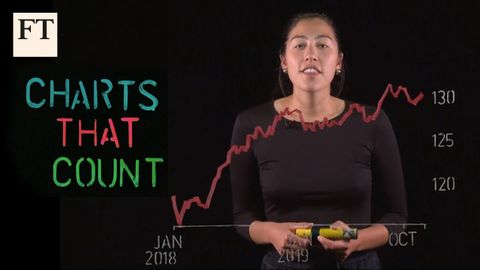
字幕與單字
為什麼美元的強勢趨勢可能會持續下去 數得著的圖表 (Why the strong US dollar trend may persist Charts that Count)
00
洪子雯 發佈於 2021 年 01 月 14 日收藏
影片單字
strike
US /straɪk/
・
UK /straɪk/
- v.t.打;擊;攻擊;刪除
- n. (c./u.)打擊;攻擊;(棒球) 好球;罷工;全倒;攻擊
- v.i.致富;突然想出,猛然想起
A2 初級多益初級英檢
更多 使用能量
解鎖所有單字
解鎖發音、解釋及篩選功能
